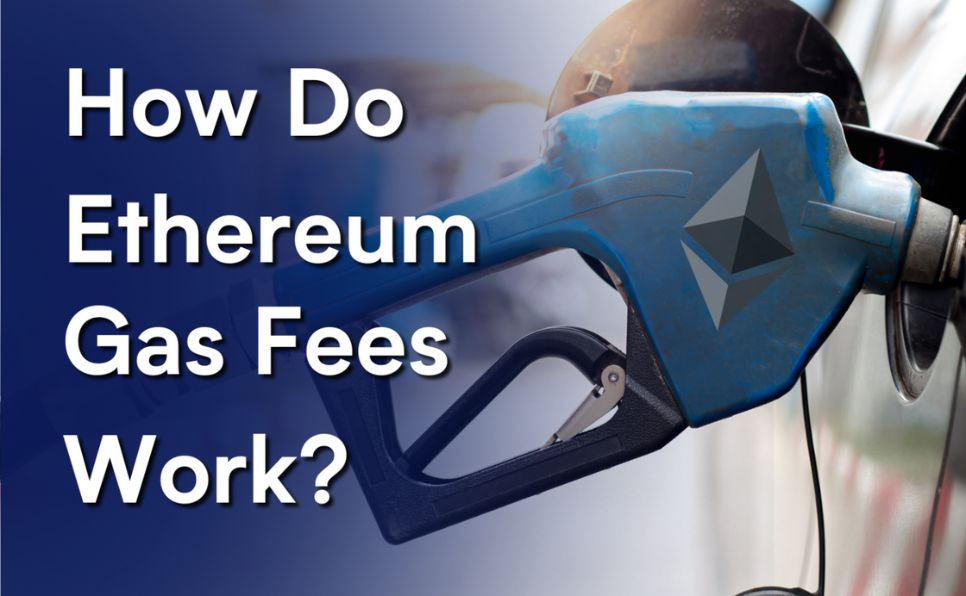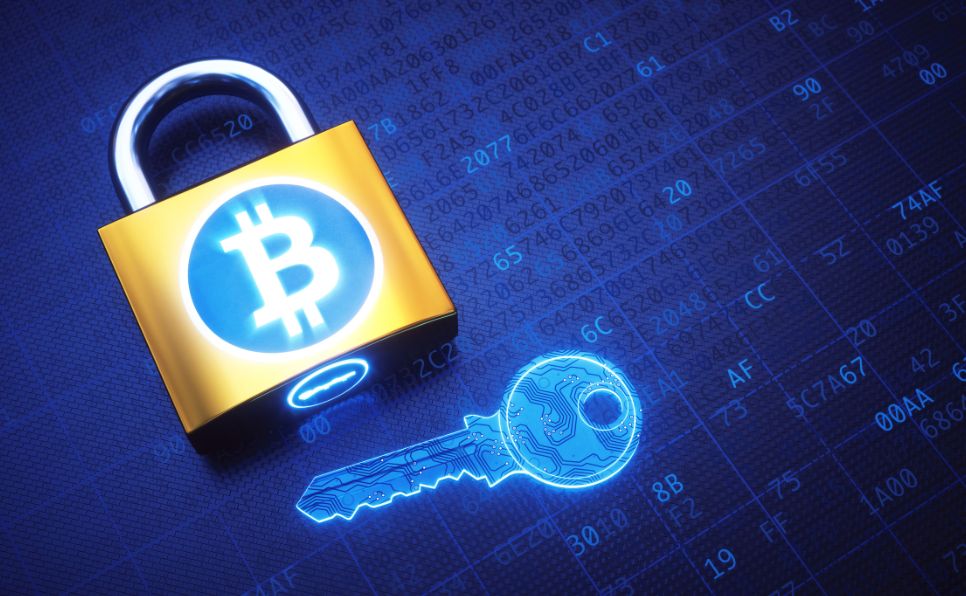One of the most common questions from people that are new to the crypto space is how Ethereum gas fees work. Bitcoin is fairly easy to understand with it being a first generation blockchain, but Ethereum can be confusing to those new to the cryptocurrency. Let’s cover what makes Ethereum different from other cryptocurrencies, and how gas fees work!
Ethereum was created by a group of developers, led by Vitalik Buterin, in 2015. Buterin first became interested in blockchain technology while working on Bitcoin, and he eventually proposed the creation of a new platform that would be able to support more advanced applications than Bitcoin.
One of the key innovations of Ethereum was the use of smart contracts, which are self-executing contracts with the terms of the agreement between buyer and seller being directly written into lines of code. The code and the agreements contained therein are stored and replicated on the Ethereum blockchain.
Ethereum has since become one of the most popular and influential blockchain platforms, and it has spawned a large ecosystem of developers, users, and applications. It has also inspired the creation of many other blockchain platforms that are designed to support a variety of different use cases.
What is Ethereum Gas?
In the Ethereum network, “gas” refers to the unit of measuring the amount of computational effort required to execute a particular operation or transaction. Every operation or transaction in the Ethereum network requires a certain amount of gas to be executed, and the cost of executing a particular operation is measured in units of gas.
When a user wants to execute a transaction on the Ethereum network, they must specify a gas limit and a gas price. The gas limit is the maximum amount of gas that the user is willing to pay for the transaction, and the gas price is the amount of Ether (ETH) that the user is willing to pay per unit of gas. The gas price is set by the user and is usually expressed in Gwei (1 Gwei = 0.000000001 ETH). You can calculate the actual cost of executing a transaction by multiplying the gas limit by the gas price.
The purpose of using gas in the Ethereum network is to ensure that the network is used efficiently. By requiring users to pay for the computational resources they consume, the Ethereum network is able to ensure that malicious actors cannot overwhelm the network with useless transactions, and that users have an incentive to create efficient, lean smart contracts.
The Impact of the Merge
In September of 2022, the Ethereum network underwent an update dubbed “The Merge”. This update shifted the network from a Proof of Work (PoW) system to Proof of Stake (PoS), fundamentally changing how transactions are processed and ultimately eliminating Ethereum mining. However, the Merge did not have any impact on gas fees – the update was only meant to shift from PoW to PoS. If you’d like to learn more about the Merge, you can read our blog post here!
Sharding
According to the Ethereum Foundation, sharding is “the process of splitting a database horizontally to spread the load”. For the Ethereum network, this means that transaction blocks are broken down into smaller, more easily processed “shards” for nodes to verify. This brings decentralization to another level, as anyone with a mobile device such as a phone or laptop will be able to run a node on the Ethereum network. The number of transactions processed per second will also increase, bringing the price of gas fees down.
Hopefully this answers all your questions about Ethereum gas fees! If you have any more questions, feel free to visit our FAQ page to learn more!



